Have you ever wondered how to build end grain cutting board that not only enhances your kitchens functionality but also stands as an artistic masterpiece? As a kitchen professional, having the right tools at your disposal is crucial. An end grain cutting board is a game-changernot only for its durability but also for its ability to extend the life of your knives.
In this guide, we'll unpack the entire process in meticulous detail, from selecting the right wood to finishing and maintaining your board. Whether you're a chef looking to improve your tools or a professional DIY enthusiast, this article will take you through every step.
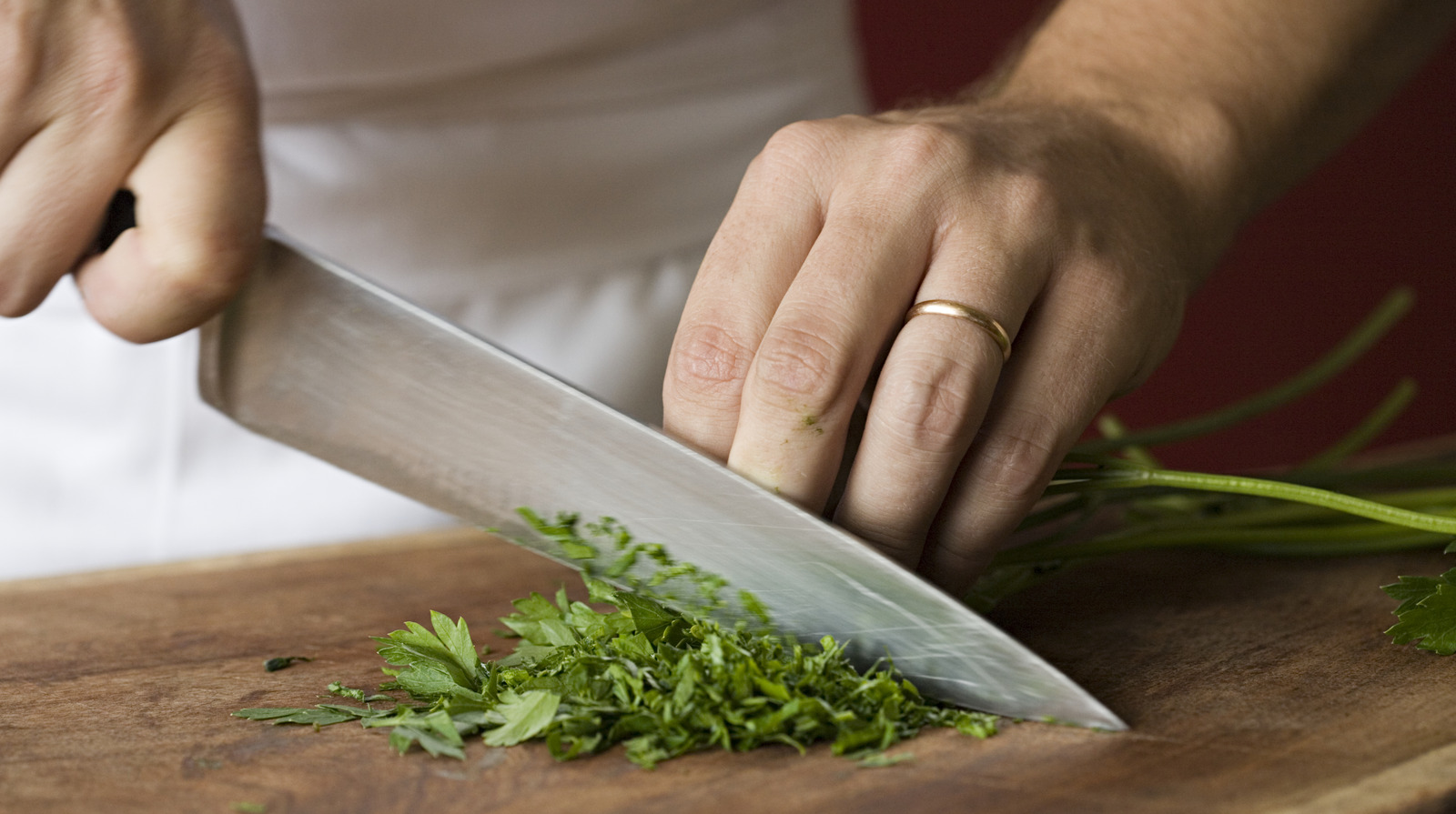
Why Build Your Own End Grain Cutting Board?
Before diving into the how, its important to know the why. There are several reasons why a handmade end grain cutting board outshines a store-bought one:
- Durability: End grain construction uses the hardest surface of the wood, ensuring long-lasting performance.
- Knife-friendly: The wood fibers align in a way that minimizes wear and tear on your knives.
- Customizable: Build a cutting board tailored to your ideal size, shape, and wood combination.
- Eco-friendly: Using sustainable wood ensures that your board is both beautiful and planet friendly.
Looking for wood maintenance tips?
Check out how to hydrate wood cutting boards to ensure longevity.
Choosing the Right Wood for Your Project
The foundation of any great end grain cutting board lies in the wood used. Not all types of wood are created equal, and making a wise selection impacts the board's overall performance. Here are some of the top wood choices:
Common Types of Wood:
- Hard Maple: Known for its hardness and even grain, this is a classic choice.
- Walnut: Offers deep tones and a smooth finish.
- Cherry: Adds a warm reddish color to your board.
Steer clear of softwoods like pine as they tend to splinter. For a deeper look at what makes certain wood good for cutting boards, visit cutting board colors.
Step 1: Preparing Your Materials
Building a top-notch end grain cutting board starts with preparation. Gather these essentials before diving in:
- Wood strips: Pre-cut or mill your wood into 1-to-2-inch-wide strips.
- Clamps and Glue: Use food-safe wood glue such as Titebond III.
- Table saw: A good saw ensures precision cutting for a seamless surface.
- Planer or Sander: For smooth and uniform edges.
Want to learn about sanding? Visit grit sandpaper tips.
Step 2: Gluing and Clamping
Here, patience is key. Lay your wood strips on a flat surface and move onto these steps:
- Dry fit: Arrange the wood strips to visualize your board's pattern.
- Apply glue: Opt for high-quality wood glue and apply it evenly.
- Clamping: Use multiple clamps to apply uniform pressure. Let it dry for at least 24 hours.
Pro Tip: Over-tightening clamps can squeeze out too much glue, leaving gaps.
Step 3: Flattening and Cut to Size
After the glue has dried, you'll need to flatten and trim the board to your desired dimensions. Utilize a planer to achieve an even surface, or opt for a sander if a planer isnt available. Trim off uneven edges with your table saw.
Step 4: Creating the End Grain Surface
The magic happens in this step! Follow these steps to expose the end grain:
- Cut the newly made board into strips.
- Rotate each strip to face the end grain upward.
- Re-glue and clamp the strips together again.
Why End Grain? This method makes the cutting board self-healing, which means knife marks close up over time, extending its lifespan.
Step 5: Sanding and Finishing
Sanding is crucial for a silky and hygienic finish. Start with coarse grit and move to finer grits. Aim for a polished surface. Once smooth, treat the board with food-safe mineral oil or a beeswax-based conditioner. This step enhances the wood's natural beauty and provides protection.
For a detailed finishing guide, see wood vs plastic boards.
Step 6: Maintenance Tips for Longevity
Once your end grain cutting board is ready, regular care is essential. Follow these tips:
- Avoid soaking your board in water to prevent warping.
- Keep it dry and oiled periodically.
- Sanitize responsibly without using harsh chemicals. Learn more about how to sanitize wood boards.
FAQs
1. Is it cheaper to make your own end grain cutting board?
Yes, making your own end grain cutting board can be cost-effective. Plus, you have the freedom to customize it to your liking.
2. Whats the most durable wood for cutting boards?
Hard maple and walnut are both durable and knife-friendly options.
3. Can I use end grain boards for heavy-duty chopping?
Absolutely! Thanks to their self-healing property, end grain boards handle heavy-duty chopping with ease.
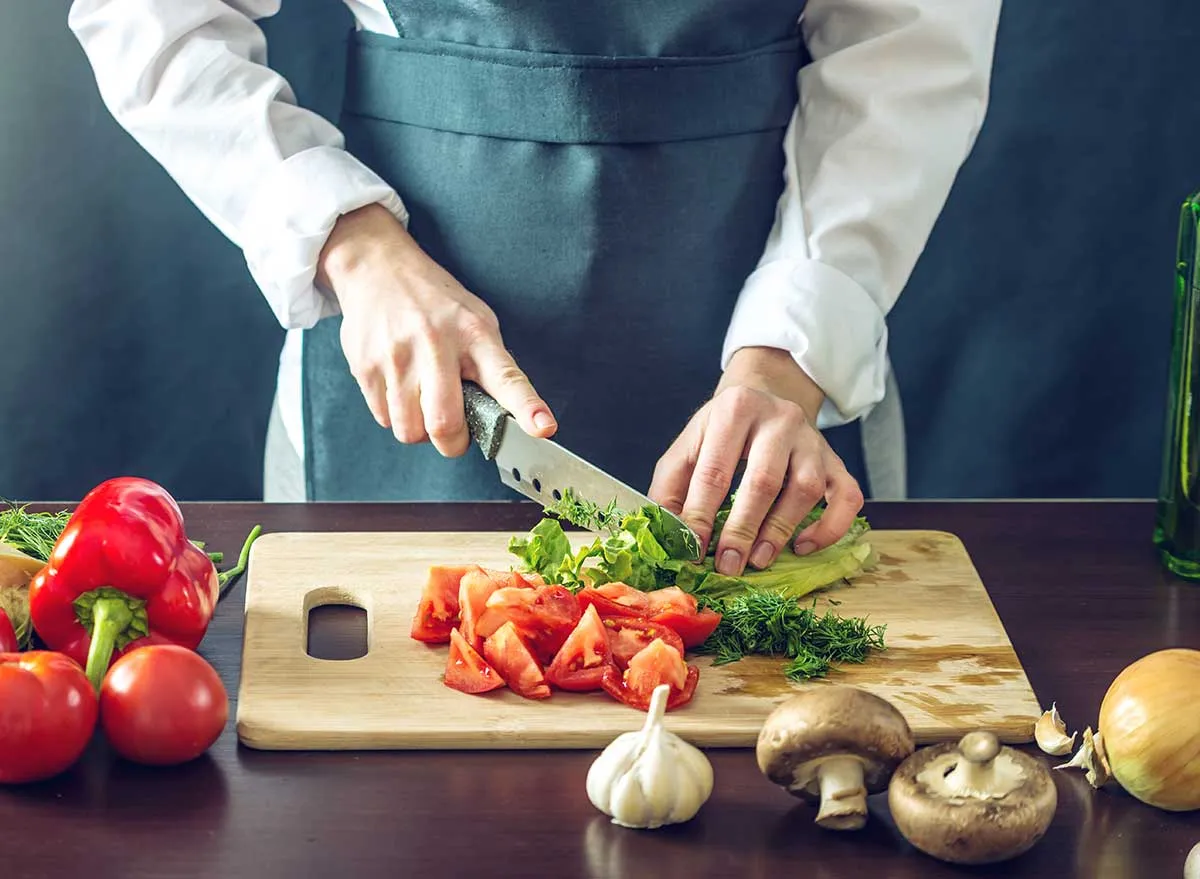
Conclusion
Building your own end grain cutting board is an investment in your craft and your kitchens functionality. From selecting the right wood to mastering finishing techniques, the process is deeply rewarding. Not only will you benefit from its durability and aesthetics, but youll also enjoy the satisfaction of having created a professional-grade kitchen tool by hand.
This article contains affiliate links. We may earn a commission at no extra cost to you.

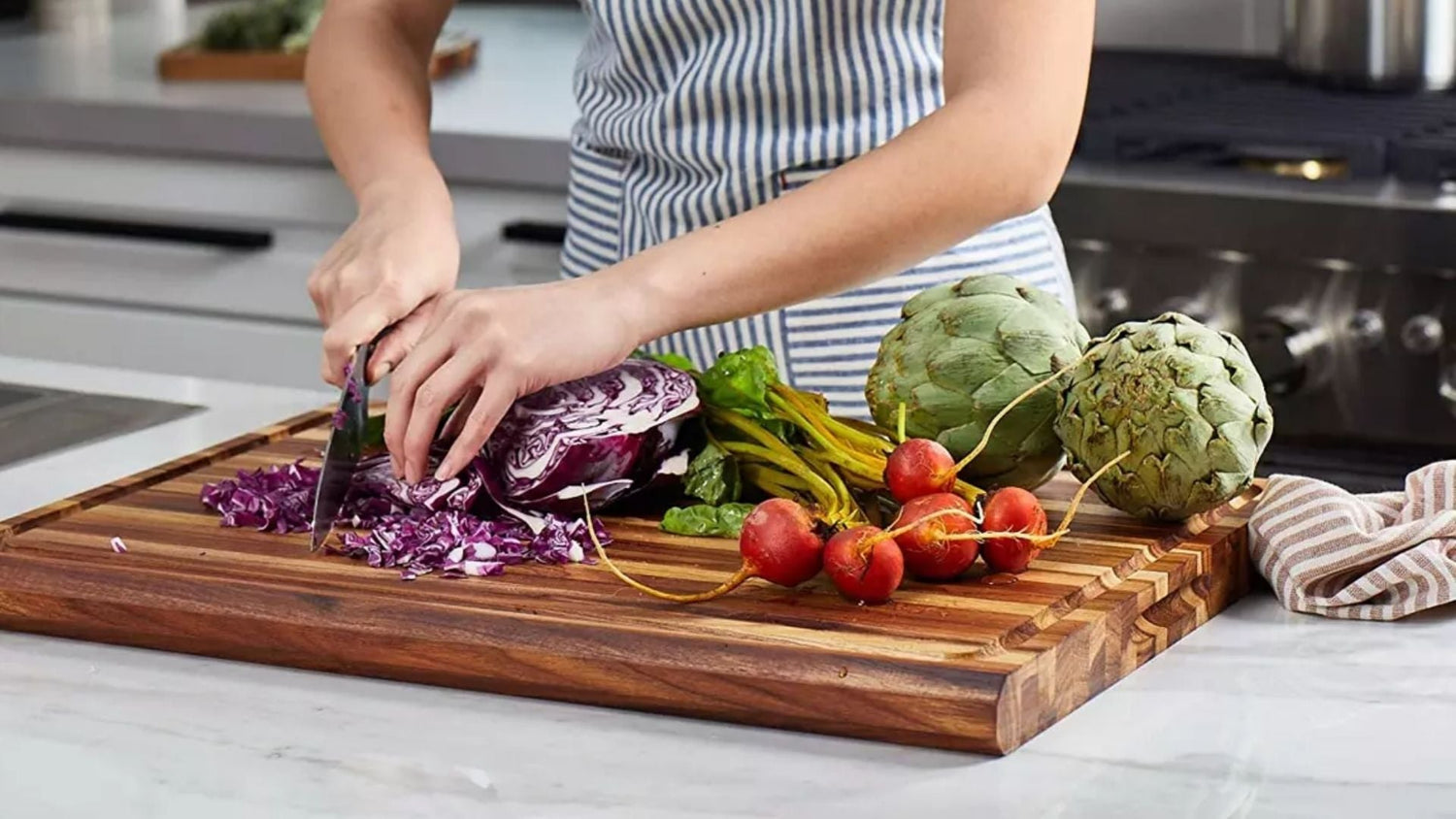


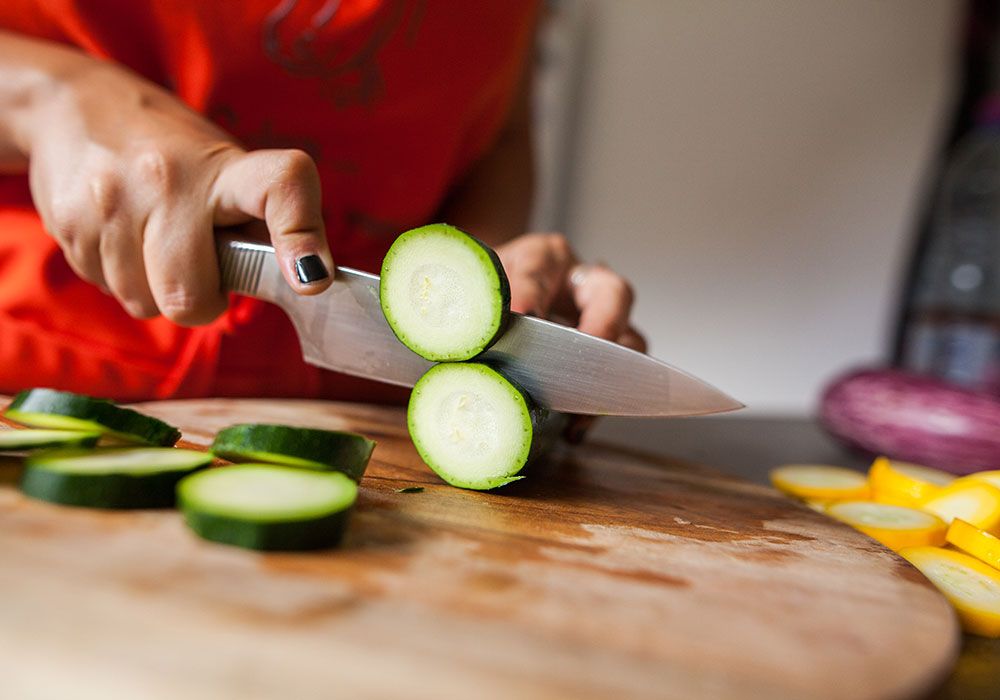
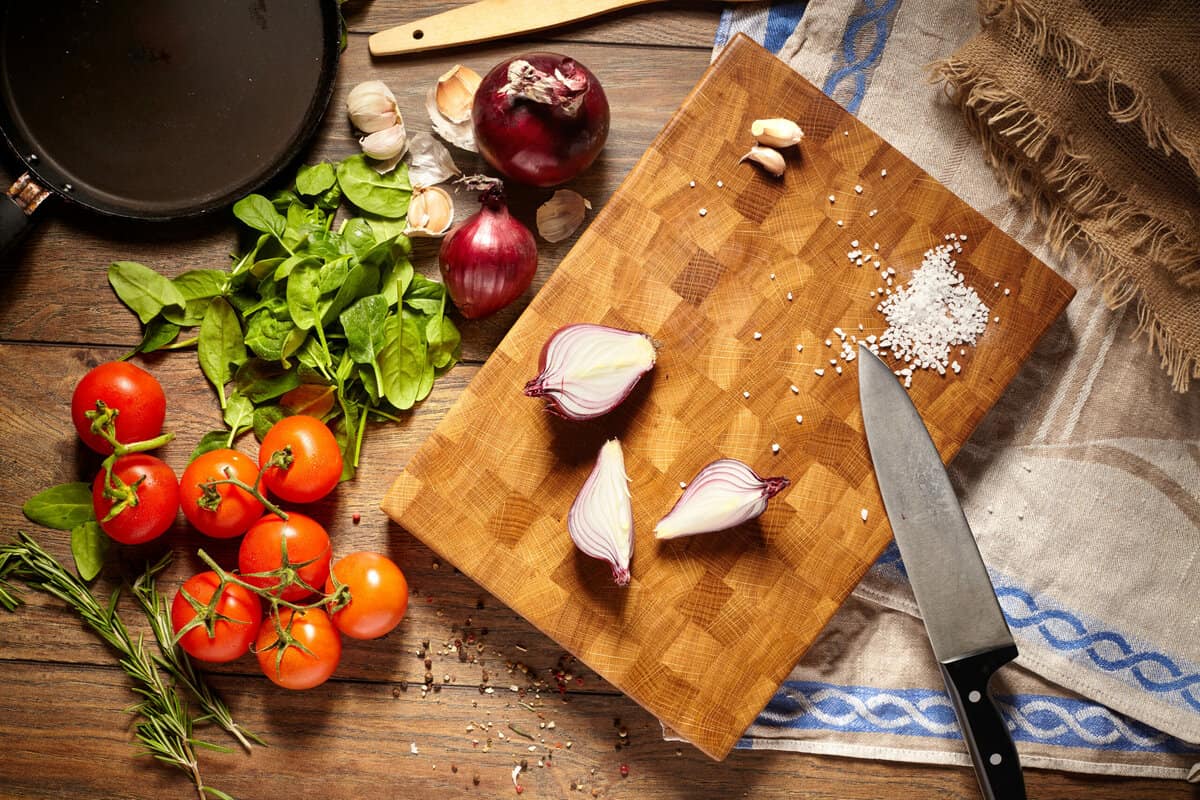
Leave a comment
This site is protected by hCaptcha and the hCaptcha Privacy Policy and Terms of Service apply.